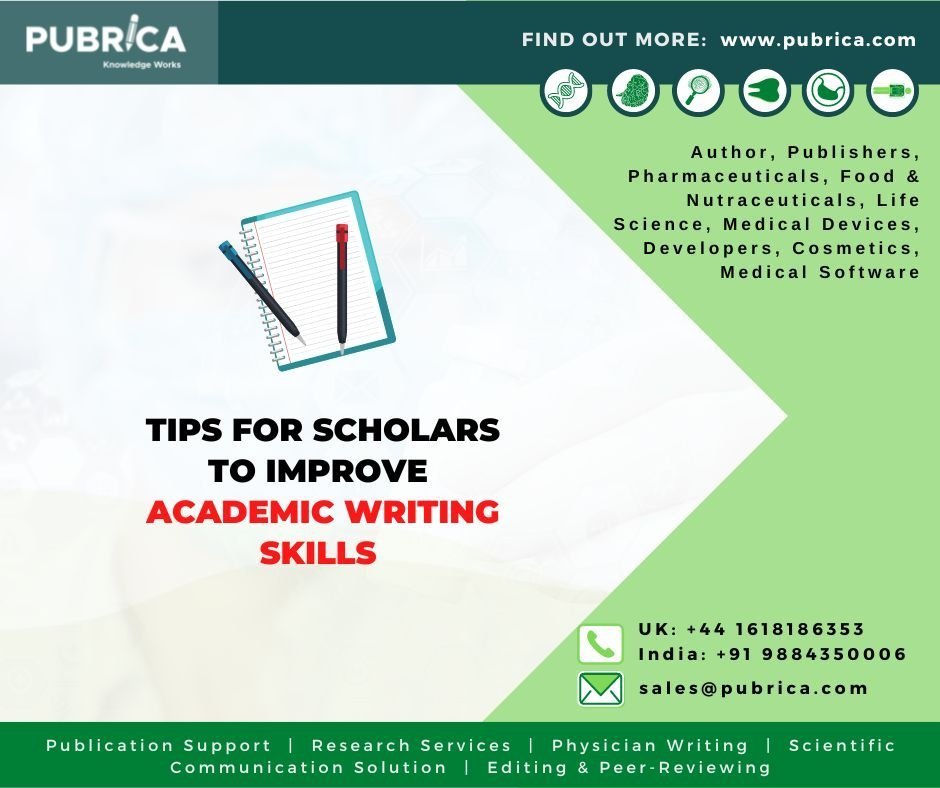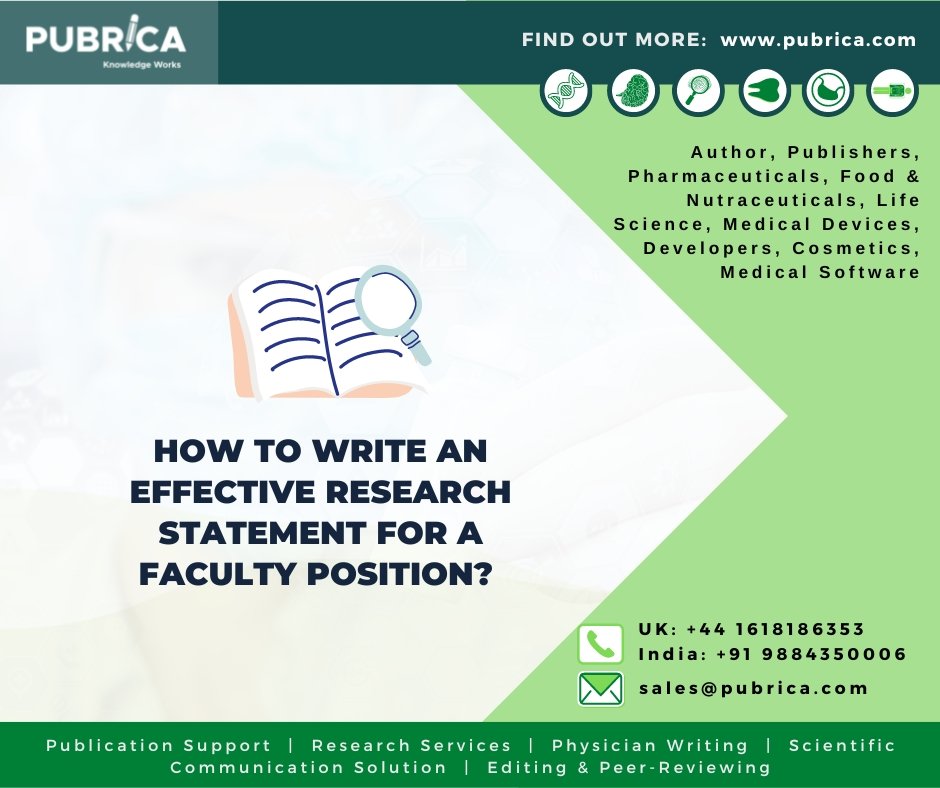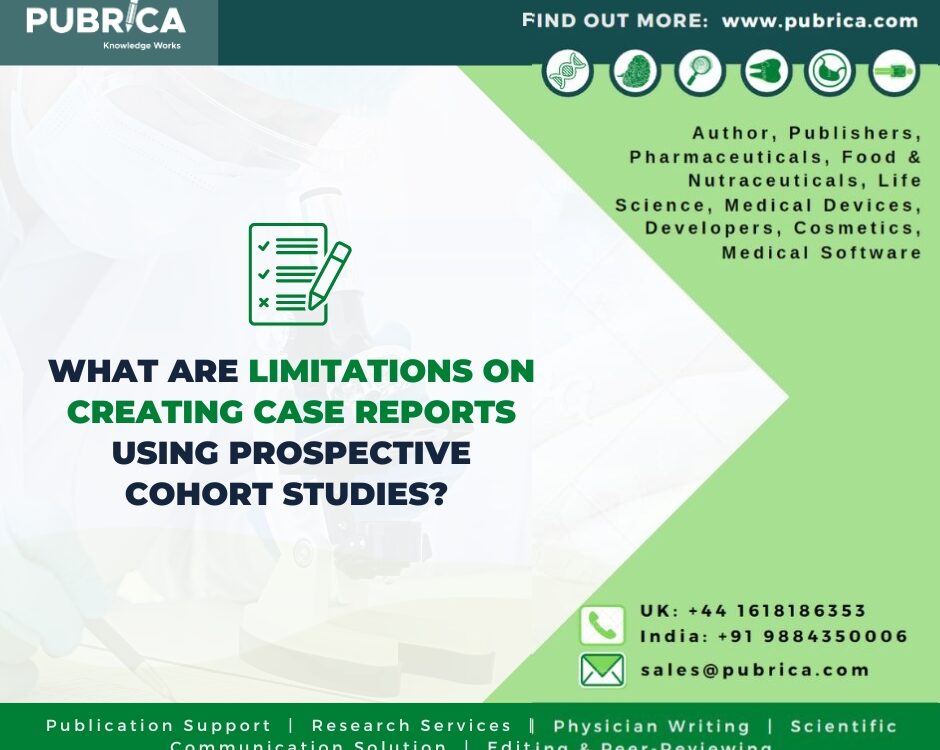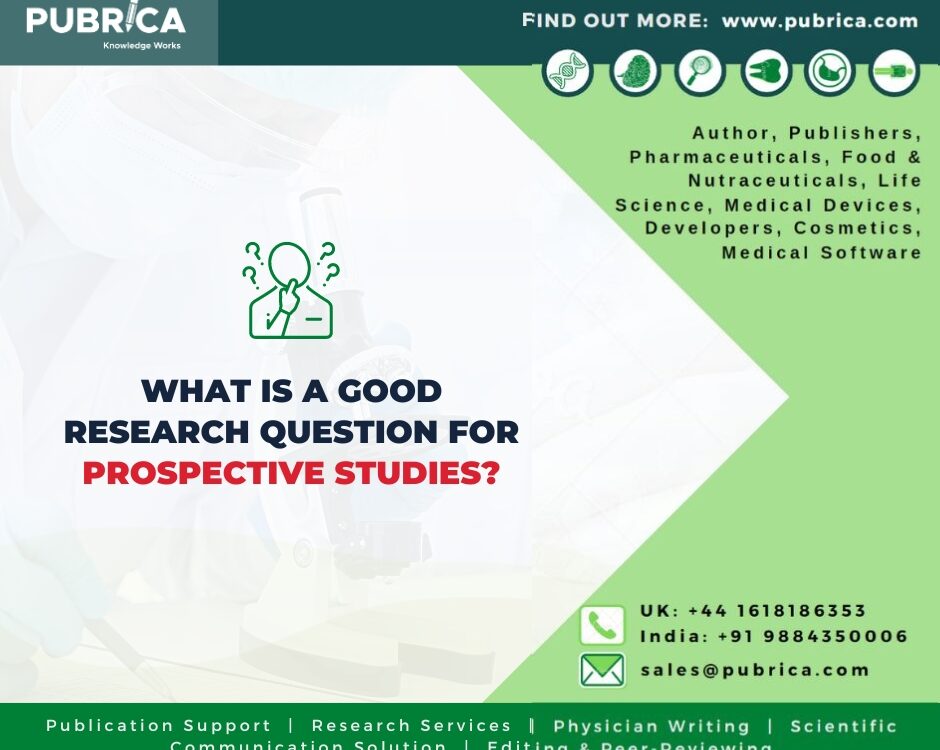
Tips for Scholars to Improve Academic Writing Skills
November 21, 2022
Writing a Good Research Statement for a Faculty Position
December 5, 2022In brief
A study’s limits are its defects or deficiencies, which could be due to a shortage of resources, a limited sample size, or faulty methodology, among other things. There is no such thing as a flawless study covering all potential aspects. As a result, addressing the limitations of your research demonstrates honesty and integrity and a thorough comprehension of the subject. However, the study’s limitations are those aspects of the design or methodology that impacted or influenced the submission or interpretation of the findings. Finally, they are limitations on the case report writing services generalizability and usability of findings that are the outcome of the study design and the method employed to establish internal and external validity (1).
Introduction
All studies have limitations, regardless of their shape, from qualitative research to clinical trials. Limitations are flaws in the study that may impact the research’s results and conclusions. The purpose of discussing limitations is to offer the reader helpful information; nevertheless, constraints in medical education articles are frequently disregarded or reduced to rudimentary and insignificant themes (e.g., single-institution study, use of self-reported data, or small sample size). This problem is also prevalent in other areas of medical research. Medical studies, for example, sometimes neglect to disclose how restrictions may have influenced study findings and interpretations, despite the clinical implications. Furthermore, readers are frequently reminded of the fundamental weakness of observational studies, which is the inability to infer causation (2). Researchers miss opportunities to express the significance of their work adequately, demonstrate how their work improves a more critical topic under study, and offer prospective areas for additional exploration by disclosing generic limits or ignoring them entirely.
Importance of study limitations
- Always be aware of the limits of a case study report writing. It is far better for you to recognize and admit the limitations of your study rather than devising them pointed out by your professor and receiving a worse grade because you appear to have overlooked them.
- Remember that acknowledging a study’s shortcomings provides a chance to make recommendations for future research. For example, if you link your study’s limitations to future research ideas, describe how your findings may help concentrate these outstanding concerns.
- Because you must assess the effects of those limits, claiming limits is a subjective procedure. Don’t only mention the study’s significant flaws and the size of its limitations. It lowers the credibility of your study since it leaves the reader wondering whether or how limitations in your investigation influenced the findings and conclusions. Limitations necessitate a thorough examination and assessment of their influence. You should respond to the following question: do these errors, methods, validity, and other issues eventually matter, and if yes, to what extent?
- There are limitations to every study. However, it would help if you confined your discussion to limits relevant to the research subject under consideration. For example, a meta-analysis of current literature should not be discussed as a limitation if it is not a stated objective of your research. Do not apologize for failing to address the concerns you promised to look into in your paper (3).

Possible Methodological Limitations
- Sample size — the number of units of analysis you utilize in your study is determined by the research problem you’re looking at. It’s worth noting that if your sample size is too small, finding significant relationships from the data will be difficult, as statistical tests typically need a larger sample size to ensure an illustrative distribution of the population and to be considered characteristic of groups of people to whom the results will be generalized or transferred.
- Lack of available and reliable data — a lack of data or reliable data will almost certainly force you to limit the scope of your study and the size of your sample, or it will be a major obstacle to discovering a trend and a relevant link. Not only should you mention these restrictions, but you should also explain why you believe data is missing or untrustworthy. Don’t throw up your hands in frustration; use this as a chance to explain why more research is needed.
- Deficit of prior research studies on the topic — mentioning earlier studies serves as the foundation for your literature review and helps understand the research challenge you’re looking into. However, there may be little prior research on your research topic, depending on its currency or scope.
- Measures used to collect data — it’s not uncommon to realize after you’ve finished interpreting the findings that the way you acquired data troubled your ability to perform a thorough analysis of the results. For example, you may regret the error of a question from a survey that, in retrospect, could have helped resolve a problem that surfaced later in the research. Recognize the flaw by mentioning that future research will need to revise the specific medical data collection approach.
- Self-reported data is limited because it can rarely be independently confirmed, whether relying on pre-existing self-reported data or conducting a qualitative research study and acquiring it yourself. However, there are several potential sources of bias in self-reported data that should be acknowledged as limitations: (1) exaggeration [the act of exaggerating positive events and outcomes to one’s agency but attributing adverse events and outcomes to external forces] ; (2) telescoping [recalling events that occurred at one time as if they occurred at another time]; (3) attribution [attributing positive events and outcomes to one’s agency but attributing adverse events and outcomes to external forces]; and, (4) selective memory (remembering or not remembering experiences or events that occurred in the past) 4).
Goals of presenting limitations
- Medical education scholarship should produce empirical evidence that adds to our knowledge and understanding of education, informs educational practice and process, and acts as a forum for other researchers to learn from. It is a vital component of the scientific method to provide study limitations. Without them, study consumers cannot completely comprehend potential exclusion regions or other biases that may affect the findings and conclusions. By highlighting gaps in current research and existing literature, study limitations should leave the reader interested in future improvements, developing other researchers’ curiosity and desire to further the line of academic investigation.
- The limits of a study should present research findings in their proper context so that readers can judge the reliability of a study’s conclusion and generalize findings appropriately (5).
Conclusion
Finally, by ignoring or presenting shortened and generalized limits, authors may be restricting the impact of their research. We provide several examples of limitations to consider; however, because limitations help the reader focus on key findings, it is critical to address only the most important limitations of the study related to the specific research problem rather than the general limitations that most studies face. First, it’s critical not to restrain the study’s or outcomes’ shortcomings. Instead, the findings and their limitations must help readers distinguish current research and existing literature. These problems might be alleviated if academic and research institutions implemented policies and expectations to help authors adequately describe limitations (6).
About Pubrica
Pubrica provides excellent manuscript editing services. Editing is sometimes mistaken for proofreading, which is the correction of grammar, spelling, and other minor problems at the end of the editing process. Scientific writing editing is reviewing and organizing the work material to make it more brief and precise. The method minimizes wordiness and idiom, allowing for improved communication.
References
- Alvarez, Gerard, et al. “Sample size, study length and inadequate controls were the most common self-acknowledged limitations in manual therapy trials: A methodological review.” Journal of Clinical Epidemiology (2020).
- Subramanya, Karthik, Sharareh Kermanshachi, and Behzad Rouhanizadeh. “Modular Construction vs Traditional Construction: Advantages and Limitations: A Comparative Study.” Creative Construction e-Conference 2020. Budapest University of Technology and Economics, 2020.
- Marginson, Simon. “Limitations of human capital theory.” Studies in Higher Education 44.2 (2019): 287-301.
- Zahariadis, Nikolaos. “The multiple streams framework: Structure, limitations, prospects.” Theories of the policy process. Routledge, 2019. 65-92.
- Ross, Paula T., and Nikki L. Bibler Zaidi. “Limited by our limitations.” Perspectives on medical education 8.4 (2019): 261-264.
- Iliopoulou, Evgenia. “Limitations of This Study.” Because of You: Understanding Second-Person Storytelling. transcript-Verlag, 2019. 245-248.



What are the key points to reflect while considering the case report series in BMJ?
Read more